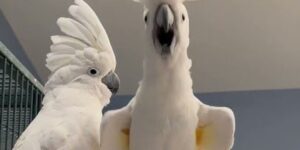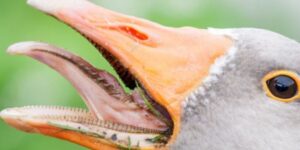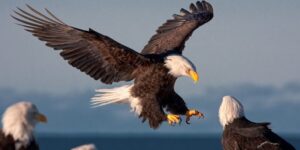Introduction
The Hancock bird is one of the most fascinating yet lesser-known avian species found in diverse habitats across the globe. Its intriguing behaviors, striking physical attributes, and environmental adaptability make it a subject of considerable interest among ornithologists and bird enthusiasts alike. This bird is not only a remarkable creature in its own right but also an essential part of the ecosystems it inhabits.
This comprehensive article will explore all aspects of the Hancock bird, including its physical characteristics, behaviors, habitat, diet, and ecological significance. By the end, you’ll have a deep appreciation for this extraordinary species and why it deserves our attention and conservation efforts.
Hancock Bird :Physical Characteristics of the Hancock Bird
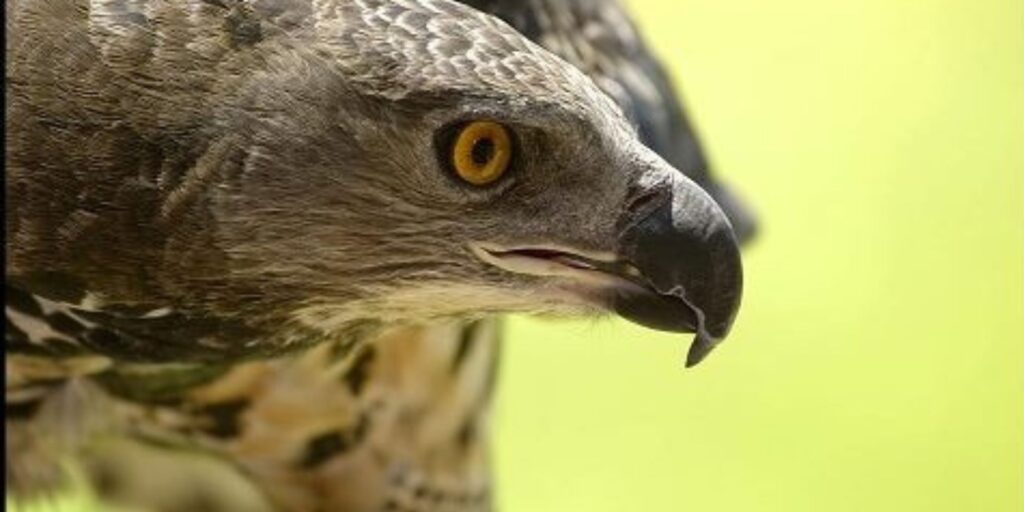
One cannot discuss the Hancock bird without first marveling at its physical features. The Hancock bird distinguishes itself from other avian species with a brilliant combination of colors and unique adaptations.
Size and Shape
The Hancock bird measures between 12 to 16 inches in length, with a wingspan of 20 to 24 inches. Its compact body is designed for agility, making it an adept flyer. Despite its medium size, the Hancock bird is exceptionally lightweight, which aids its long-distance migratory habits.
Plumage and Colors
The Hancock bird’s feathers are its most striking feature. A vibrant mix of orange, teal, and white covers its body, with a shimmering iridescent touch during sunlight exposure. The males, particularly in mating season, boast a brighter and more vivid coloration compared to females, who exhibit subtler tones to aid camouflage while nesting.
Adapted Beak and Feet
Possessing a slightly curved beak, the Hancock bird is highly versatile in its feeding habits. Its beak allows it to forage for a variety of foods, ranging from seeds to small insects. Its feet, on the other hand, provide a firm grip for perching on thin branches—a crucial skill in its preferred forest habitats.
Hancock Bird :Habitat and Distribution
The Hancock birds is an adaptable species, capable of thriving in a variety of environments ranging from temperate forests to urban areas.
Geographic Range
The bird is distributed across North America, parts of Europe, and certain regions of Asia. Its migratory nature ensures it adapts to seasonal changes, traveling thousands of miles annually to seek out warmer climates during winter.
Preferred Habitats
Hancock birds are often found in dense forests, where the trees provide shelter and food sources. They have also been observed in urban areas, demonstrating their ability to coexist with humans. Parks, gardens, and even city rooftops are becoming the surprising new homes for these highly adaptable creatures.
Territorial Nature
While generally sociable, Hancock birds can be fiercely territorial during breeding seasons. Males establish defined territories to attract mates and will often engage in elaborate displays to ward off rivals.
Hancock Bird :The Notable Behaviors of the Hancock Bird
The behavior of the Hancock birds is what truly sets it apart in the avian world. Observing this bird in the wild unveils an immense curiosity and intelligence beneath its colorful façade.
Social Structure
Hancock birds tend to be highly sociable and are frequently observed flocking with others of their kind. Their social structure operates on a hierarchy, where dominant birds lead foraging expeditions and group defense. However, they are also known to form mixed-species flocks, collaborating with other birds to locate food and ward off predators.
Unique Communication
These birds are exceptional communicators. They use a combination of vocalizations, body movements, and even environmental objects to convey their messages. Their calls range from sharp chirps to melodious whistles, making them a delight to birdwatchers. During mating seasons, males use a distinct series of calls not only to attract females but also to warn other males to stay away from their territories.
Mating Rituals
Perhaps the most fascinating behavior of the Hancock bird is its complex mating rituals. Males perform a dramatic dance, characterized by wing flutters, head bobs, and occasional aerial displays, to win over a mate. Females, however, are highly selective, choosing partners based on their performance, plumage vibrancy, and territory quality.
Hancock Bird :Foraging and Feeding Habits
The Hancock bird’s feeding habits showcase its resourcefulness. It primarily feeds on seeds, berries, and small insects but has been known to adapt its diet based on availability. Unlike many other birds, the Hancock bird exhibits tool-using behaviors, occasionally employing leaves or small twigs to access hard-to-reach food sources.
Hancock Bird :Migratory Patterns
Migration is a significant aspect of the Hancock bird’s life. Using a combination of environmental cues and internal instincts, these birds can travel up to 2,000 miles to their wintering grounds. What’s even more impressive is their ability to follow the same migratory routes year after year, often to the same destination.
Hancock Bird :Diet and Feeding Preferences
The Hancock birds thrives on a varied diet, which contributes to its adaptability in different environments.
Primary Food Sources
- Seeds and Nuts: The bird frequently forages for seeds on the forest floor.
- Berries and Fruits: Seasonal fruits form an essential part of its diet, particularly in summer.
- Insects: Small insects like beetles, ants, and caterpillars provide a rich source of protein, especially during the breeding season.
Hancock Bird :Feeding Techniques
The Hancock bird’s foraging techniques are a marvel to watch. Using sharp eyesight, it detects the tiniest movements before swooping down to catch its prey. It has also been observed caching food for future use, a behavior more common among corvid species.
Hancock Bird :Ecological Significance
The Hancock birds plays a critical role in maintaining ecological balance within its habitat.
Pest Control
By feeding on insects, the Hancock birds helps control pest populations, thereby benefiting agriculture and forest health.
Hancock Bird :Seed Dispersal
After consuming fruits, these birds carry seeds to new locations, aiding in the propagation of trees and plants. This seed dispersal ability makes them valuable contributors to reforestation and biodiversity.
Indicator Species
Because they are sensitive to environmental changes, Hancock birds serve as excellent environmental indicators. A decline in their population often signals broader ecological issues such as habitat loss or climate change.
Hancock Bird :Threats to the Hancock Bird
Despite its adaptability, the Hancock birds faces multiple threats that jeopardize its survival and well-being.
Hancock Bird :Habitat Destruction
Deforestation and urban expansion are major threats to the Hancock birds natural habitats. The loss of suitable nesting and foraging grounds forces them into suboptimal urban settings.
Climate Change
Changes in temperature and seasonal patterns disrupt the bird’s migratory cycles and food availability. It also influences their breeding success, as mismatched conditions can affect chick survival rates.
Predators
Predation by larger birds, snakes, and even domestic cats poses a risk, particularly during the nesting period.
Hancock Bird :Conservation Efforts
Several measures can help ensure the survival and thriving of the Hancock birds populations.
Protecting Habitats
Conservation initiatives aimed at preserving forests and creating green corridors can provide safer migratory routes for the Hancock bird.
Citizen Science
Encouraging nature enthusiasts to report sightings through birdwatching apps helps researchers monitor the species’ distribution and numbers.
Raising Awareness
Public education on the ecological significance of the Hancock bird fosters community support for conservation initiatives.
Hancock Bird :Final Thoughts
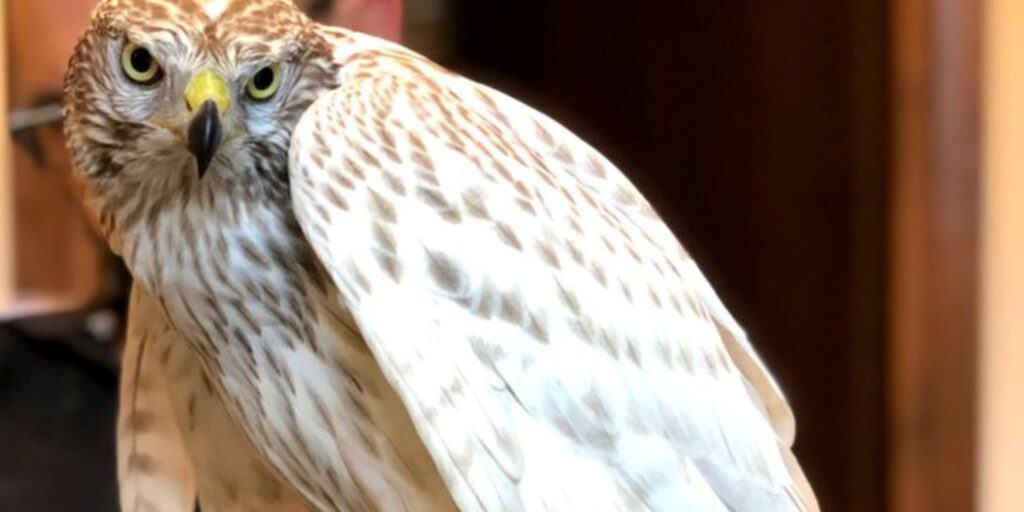
The Hancock birds is an extraordinary species, known for its vibrant appearance, adaptable nature, and fascinating behaviors. Whether you’re a seasoned ornithologist or a casual bird lover, observing these feathered marvels in their natural habitat is a rewarding experience.
By understanding the life and challenges of the Hancock bird, we can contribute to preserving its future. With sustained conservation efforts, this unique avian species can continue to grace our skies and ecosystems for generations to come. Protecting the Hancock birds is not only an act of compassion for nature but also a step forward in maintaining the delicate balance of life on Earth.
